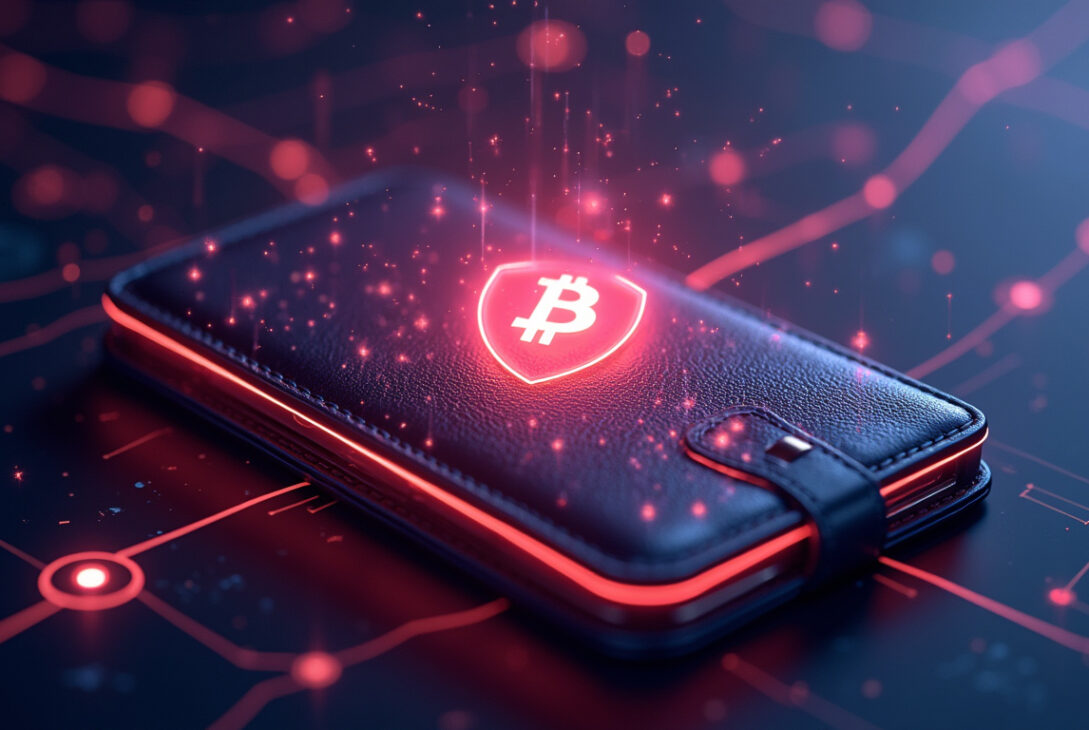In today’s evolving digital economy, investments—your treasured assets—demand protection. Cryptocurrency wallet security—your direct shield—remains a critical priority. Cyber threats and scams—ever more sophisticated—challenge you. Guarding your cryptocurrency wallets—through vigilant measures—can mean the gap between secure peace and financial loss. Whether you are new or experienced, these essential tips—your trusted guide—help secure your assets.
Understanding Cryptocurrency Wallet Security
Cryptocurrency wallets—digital tools—store, send, and receive coins like Bitcoin or Ethereum. These wallets—having forms such as software, hardware, or paper—offer varying security and ease. Each wallet—when secured weakly—invites hackers immediate access. Wallet security—through careful practices and trusted tools—keeps unauthorized access, theft, or loss at bay. Blockchain transactions—being irreversible—make recovery nearly impossible once compromise occurs.
Top Cryptocurrency Wallet Security Tips to Follow
1. Choose the Right Wallet Type for Your Needs
Before you secure your wallet, select the type that fits. Three types exist:
• Hardware wallets—physical devices—store private keys offline and resist malware.
• Software wallets—computer or mobile apps—offer convenience yet face higher hacking risk.
• Paper wallets—printed keys—remain secure only when physically protected.
For long-term storage or large amounts, choose hardware wallets—the strongest defense.
2. Use Strong and Unique Passwords
Your wallet’s strength depends on your password. Create complex, unique passwords—mix uppercase letters, lowercase letters, numbers, and symbols. Avoid birthdays or common words—risk factors that weaken security. Never reuse passwords across platforms, and use a trusted password manager to keep your credentials secure.
3. Enable Two-Factor Authentication (2FA)
Enable two-factor authentication wherever possible. 2FA adds a second step—a code sent to your phone or generated by an authenticator app—to your password login. This extra layer—directly linked to reducing risks—protects you when your password is compromised.
4. Keep Your Software Updated
Keep your wallet software—whether desktop, mobile, or hardware firmware—always updated. Wallet providers release updates that patch vulnerabilities and add extra defenses. Enable auto-updates or check frequently to block known security flaws.
5. Backup Your Wallet Regularly and Securely
Back up your wallet—an essential step—in case of device loss or failure. Most wallets generate a recovery phrase, a string of words that restores access. Keep this phrase offline—written on paper or stored on secure hardware. Do not save it digitally or share it, as this phrase grants full control over your holdings.
6. Beware of Phishing Attacks and Malware
Phishing attacks—a common threat in crypto—impersonate wallet providers or exchanges. They use fake websites, emails, or messages to trick you into revealing private keys or passwords. Always verify URLs before entering credentials, and avoid suspicious links. Install reputable antivirus and anti-malware software to detect threats promptly.

7. Use Cold Storage for Large Holdings
Cold storage—offline wallets not connected to the internet—reduces hacker access drastically by removing online entry points. For major investments, store most funds in cold wallets and keep only a small amount in hot wallets for trading.
8. Limit Access and Maintain Privacy
Limit excessive sharing of wallet details, public keys, or transaction history; over-sharing exposes you. Keep your information private, especially on social media. Multi-signature wallets—which require multiple private keys—distribute control among several parties, adding another layer of security.
Checklist: Essential Steps for Cryptocurrency Wallet Security
- Select a hardware wallet for large holdings.
- Create a strong, unique password.
- Enable two-factor authentication.
- Update wallet software and firmware regularly.
- Backup your seed phrase offline and securely.
- Remain vigilant against phishing and malware.
- Use cold storage for most of your funds.
- Limit sharing of wallet information.
- Consider multi-signature wallets for added protection.
Frequently Asked Questions about Cryptocurrency Wallet Security
Q1: What is the best way to secure a cryptocurrency wallet?
A1: Use a hardware wallet combined with a strong password, 2FA, and an offline backup. This combination blocks hacking effectively.
Q2: How can I recognize phishing attempts targeting my wallet?
A2: Phishing attempts often show fake websites, odd emails with poor grammar, or unusual links. Verify URLs carefully before entering credentials.
Q3: Can I recover my cryptocurrency if my wallet is hacked?
A3: Cryptocurrency transactions are irreversible. Once hacked and funds are stolen, recovery is nearly impossible. This fact makes proactive security essential.
Why Cryptocurrency Wallet Security Should Be a Top Priority
Cryptocurrencies—by nature—offer unmatched benefits: no intermediaries, lower fees, global access. Yet, you alone hold your private keys, and you alone bear the risk. Reports by Chainalysis indicate billions lost to thefts, scams, and misplaced keys. Taking time to secure your wallet—not as an option but as a necessity—protects your investments and builds your confidence in trading.
Conclusion: Take Action to Secure Your Cryptocurrency Wallet Today
Wallet security—your non-negotiable duty—requires choosing secure wallets, setting robust passwords, enabling 2FA, backing up keys diligently, and staying alert to threats. If you have not taken action, now is the time. Upgrade to a hardware wallet, strengthen your passwords, and safeguard your recovery phrase offline. Cryptocurrency’s promising future—dependent on secure keys—calls you to act now.
Secure your digital fortune today, and enjoy the freedom and peace that accompany strong cryptocurrency wallet security. Your investment deserves the best defense possible.










